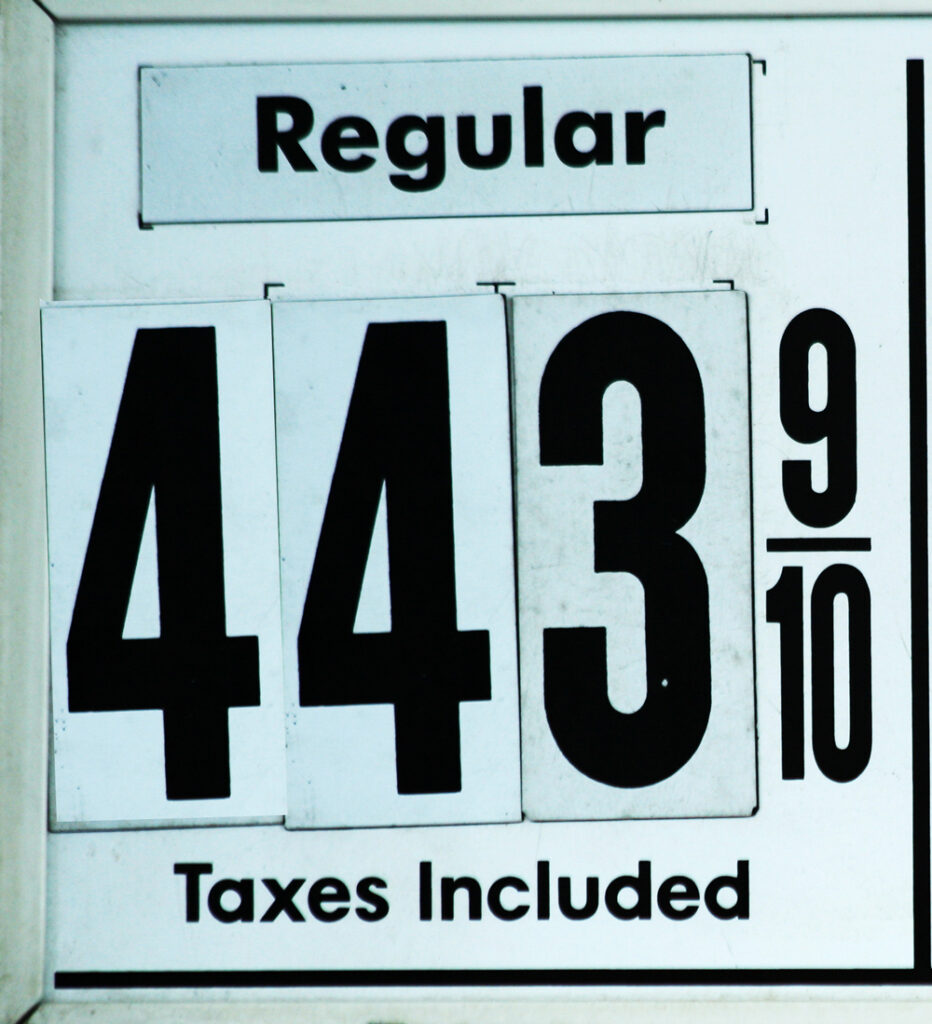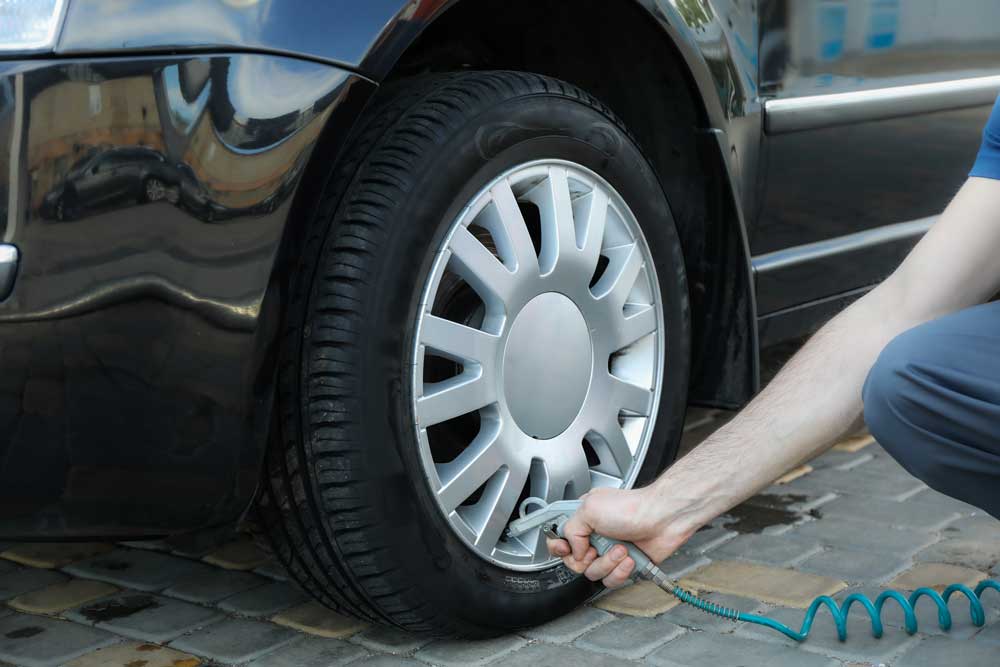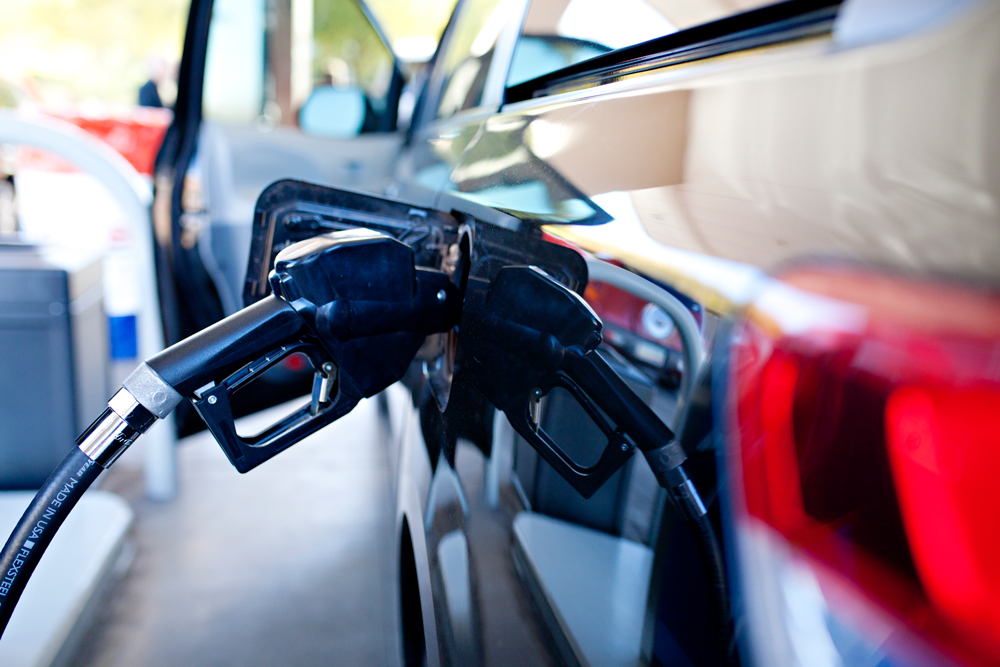For many people, getting to work can be the most difficult thing to accomplish each day. If you don’t have a car, or a consistent ride to work, it can be devastating to your ability to get ahead in life. If you do have your own car, the expense of payments, maintenance, and especially the cost of gas can stretch your already strained budget.
The price of fuel had been increasing before tragic world events and market shortages sent the prices skyrocketing in early March. Prices average about $4.24 per gallon for regular unleaded gas from its record high of $4.33 in early March, and it is still around 70% higher than it was a year ago. Oil is a global commodity, so its price can be affected by many factors including war, supply issues, natural disasters, etc. Experts predict that high gas prices could endure through Labor Day.

If you find yourself taking fewer trips and worrying about where the gas needle is on the dashboard, take a look at these gas-saving tips we’ve put together to help you stretch your fuel budget each week. (we won’t even suggest biking!)
1. Oil Change / Maintenance – A well-tuned and well-maintained engine will run more efficiently. This means that it will be able to put out the same power on less fuel. In addition to regular oil changes, keep your spark plugs clean and operating. Worn-out spark plugs can cost you as much as 2 mpg or up to 30% more fuel.
2. Sign Up For Rewards – Many gas station chains have been offering a few cents off per gallon when you sign up for their loyalty program. Even if it’s just a five cents per gallon discount, that can add up to about a couple of dollars discounted on each fillup and reach over a hundred dollars saved each year.
3. Tires – Tires with more air in them are generally more fuel-efficient. Even if your tires are only a little deflated, this can still make your vehicle’s fuel economy numbers drop significantly. When you’re filling your tires, it is better to put in as much air as is allowed by the manufacturer’s specifications and make sure all four tires are evenly inflated.

4. Travel times – Driving in traffic is very bad for your vehicle’s fuel economy as the engine has to run down and rev up over and over again. This process uses up a lot of fuel. Adjust your travel times to engage in less traffic. Plan on combining trips for kid drop-offs, groceries, errands, and more. Even one less domestic trip per day really adds up.
5. Drive slower – Driving five to ten miles below the speed limit (or at the speed limit if you have a lead foot) will make a huge impact on your fuel consumption. Use your cruise control to help keep your speed in check. AAA says that cars are their most fuel-efficient between 35-45 miles per hour. When you go over 50 mph, fuel economy is reduced due to aerodynamic drag. This is a hard one to manage, but can be the most beneficial. You’ll get used to it and a bonus is that traffic gets easier when you’re moving slower.
6. Eco-Mode – Does your car have this? Many later model vehicles have an Eco-Mode. These driving modes are designed specifically to increase fuel economy and decrease emissions by running the engine on slightly less fuel. You can save 10% on gas if you’re always driving in the Eco-Mode.

7. Use Gas Apps to find Cheapest Gas – Have you tried using an app like GasBuddy? There are many apps out there that can help you find the cheapest gas in your area.
8. Rewards Credit Cards – If you have decent enough credit, you can apply for a great rewards-based credit card. Some cards have regular cashback (1 or 2%) on all purchases. Some cards, like this one, have 5% rebates on gas purchases. This could add up to hundreds of dollars saved each year.
9. Cash Instead of a Card – Conversely, many gas stations and merchants already figure the 1-2% credit card fee charged by credit card services into the price of a gallon of gas. Maybe you’ve noticed that there is a different price for paying cash than paying by card? If your filling station has this discount, you may be able to save up to fifteen cents a gallon. Let everyone else pay full price!
10. Fill Up Early In The Week – According to GasBuddy, filling up on Monday mornings as opposed to Friday evenings could save you as much as $40 a year. While the national average price of gas peaks on Fridays, Saturday is the worst day to fill up in 16 states, while Sunday is the worst day in 12 states. Thursday is the worst day to fill up in Michigan and Indiana.

11. RideShare – You’re not the only one feeling the pinch of gas prices. Your friends, family, neighbors, and co-workers are also feeling the pain. Ask around at work for anyone who may live near you, or go by where you live on their way to work. Offer to take turns driving to save gas money. Your coworker may be delighted to have you help ease the burden of higher gas prices. You might even make a new friend, but remember, driver gets to be the DJ.
12. Turn off your AC / Lighten the Load – There are several ways to make driving easier on your engine. Turning off the air conditioning and rolling down the windows is an easy way to save on gas. If there’s any extra weight in your car (like sandbags from winter), take it out. Removing 200 pounds can add up to three more miles per gallon.
None of these on their own may have you seeing more green in your wallet. But using them together and consistently will reap benefits. Try incorporating one or two to start off, and add more gas-saving techniques as time goes on. This may seem like a pain at first, but it will become second nature after a little while. When you save gas, you save money and the planet, and you get to stick it to those greedy gas companies.


